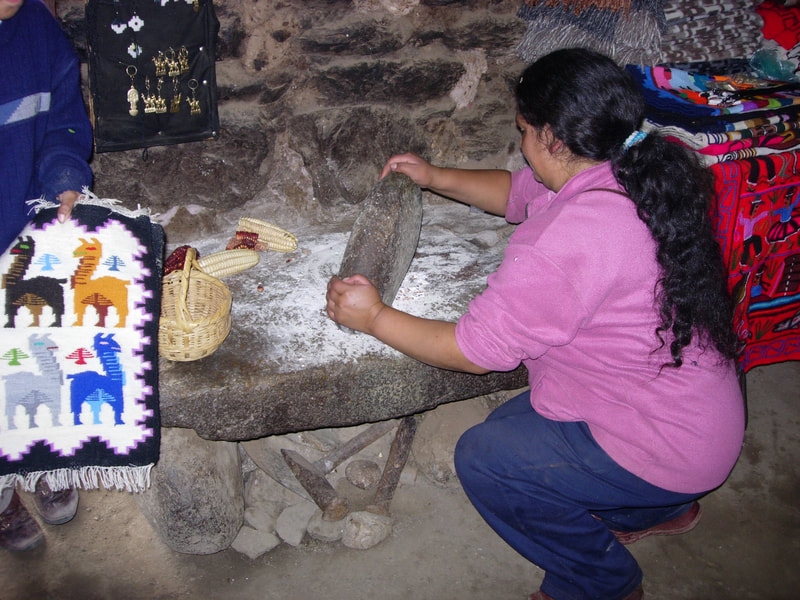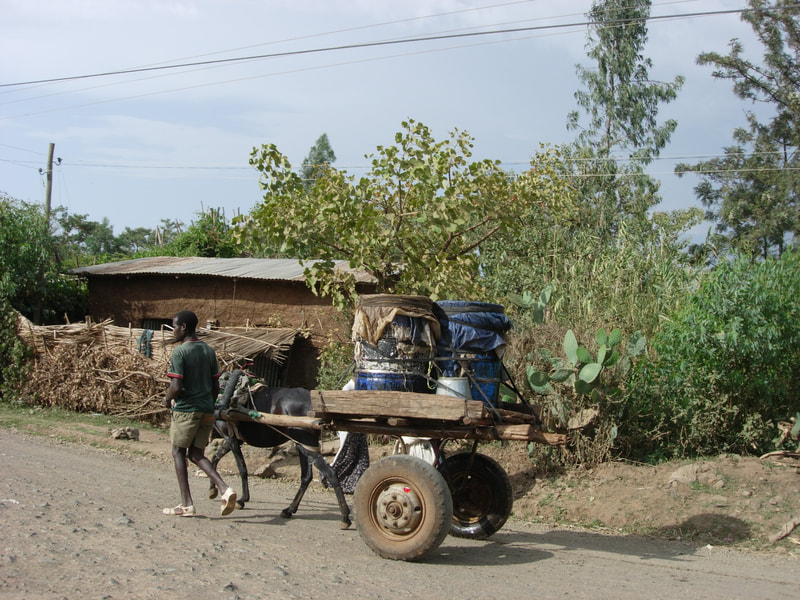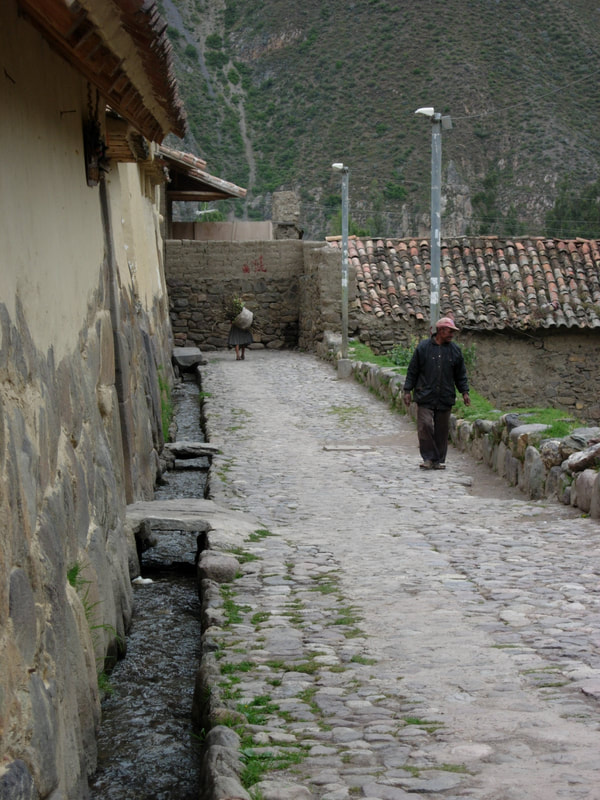|
With summer just around the corner, it’s important to keep water conservation in mind. Outdoor water use can account for 30 percent of your household’s total water use, while approximately two-thirds of household water consumption takes place indoors. Toilets, showers, and faucets are considered the largest indoor household water users. Older homes may have outdated fixtures that are inefficient and prone to leakage. Water conservation is an important component of ensuring a sustainable water supply in the future. In this month’s newsletter, we’re spotlighting Jodie Wollnik, Director of the Kane County Environmental & Water Resources Department, and her journey to reduce water use in her own household. What is your current role and how long have you been in your position? I am the Director of the Kane County Environmental & Water Resources Department. Our department manages the Sustainability, Recycling/Solid Waste, Stormwater Management, Floodplain, Wetlands and Water Supply Planning programs for the County. I have worked at Kane County for 15 years. Tell us a bit more about your role in water supply planning. My role in water supply planning began very early on, with what was likely one of the very first versions of Modflow, which we used in college to model a network of wells for the Keweenaw Bay Indian Community in upper Michigan. While I had a conscious awareness of the amount of water I used for a very long time, I know that my experience in Ethiopia and Peru really set the wheels in motion. In Gondar, Ethiopia to conserve water, the water system is frequently turned off and guests are supplied with a bucket of water to use until the system was turned back on. In Ollantaytambo, Peru, the rapidly shrinking glacier is a stark reminder of a water supply that will completely disappear in less than a generation. I began my career at the County under Paul Schuch who led the charge on the early modeling of Kane County’s water supply with Illinois State Water Survey. Since Paul’s early successes in water supply planning for Kane County, we have continued his legacy through water conservation education and outreach, water quality studies of our shallow groundwater resources, and planning for a water modeling effort. Our recent Campton & Sugar Grove Township partnerships have provided invaluable data using the Wellntel systems deployed at residential homes.
Tell us a bit about your journey to reduce water use in your own household, what inspired you? I would say my travels overseas and experiencing the daily struggle so many people face to provide their homes with a single gallon or two of water a day. You realize that the volume of water we use as Americans on a daily basis is unfathomable to a large percentage of the world. Especially when you consider that we are designing our water systems for 100 gallons per person per day, and our conservation efforts are 64 gallons per person per day. I don’t think a lot of people realize how much water that really is visually. We are hovering around 20 gallons per person per day currently at my house. When did you start your water conservation efforts, and what types of changes have you made? We started working on our 1960’s era house 24 years ago. We started by re-thinking our water use and being consciously aware of what water we were using. At first, it was simple changes like parking our car on the grass if we were going to wash it, using dehumidifier water to water plants, capturing the cold water from the shower in a bucket while the water warmed up and using that water for the garden, and investing in a rain barrel. When an appliance needed replacing, we made sure to choose the lowest water and energy use models. Finally, we replaced all the faucets, toilets, and showers with low water use models. Today we are focused on behaviors. Instead of washing our pots and pans, we have switched to loading them in the dishwasher. Love the meatloaf commercial that helps encourage everyone in this practice! We are also busy trying to keep our teenagers honest with their shower time. What made the biggest impact in reducing your water use and encouraging behavioral changes? I think this is different for everyone, but for us, it was the age of our house and the outdated, high water use fixtures and appliances that we replaced. We were able to make the change over many years to lessen the financial impact, and now we are seeing the benefits with lower water, sewer, and gas bills. Given your experience, do you have any tips/lessons learned for someone that wants to reduce indoor water use? The standard response would be to start small. It is true that small changes can make a big difference over time. But I think what really motivates behavior changes is being aware of what your water use is and what your conversation goal should be. I always encourage people to look at their water bill, calculate what their usage is and compare that to the 64 gallons per capita per day (gpcd) conservation goal. I like to relay a story from the City of Batavia, where staff presented the City’s aldermen with a list of their electric usage with the names redacted. Of course, everyone wanted to know what number was theirs! One of the aldermen was so impacted by knowing how high their energy use was compared to others, that they went home that night and changed out all their lightbulbs to low energy use ones. The same holds true with water use, unless you know how much you are using, and have something to compare it to, it is difficult to know how you are doing. Where can someone find more resources and information about water conservation? Resources are available on the Clean Water for Kane web page. |
ABOUTThe latest updates page features posts about issues affecting NWPA member communities and best practices, drawing on interviews and conversations with experts. Archives
July 2024
Categories
All
|





